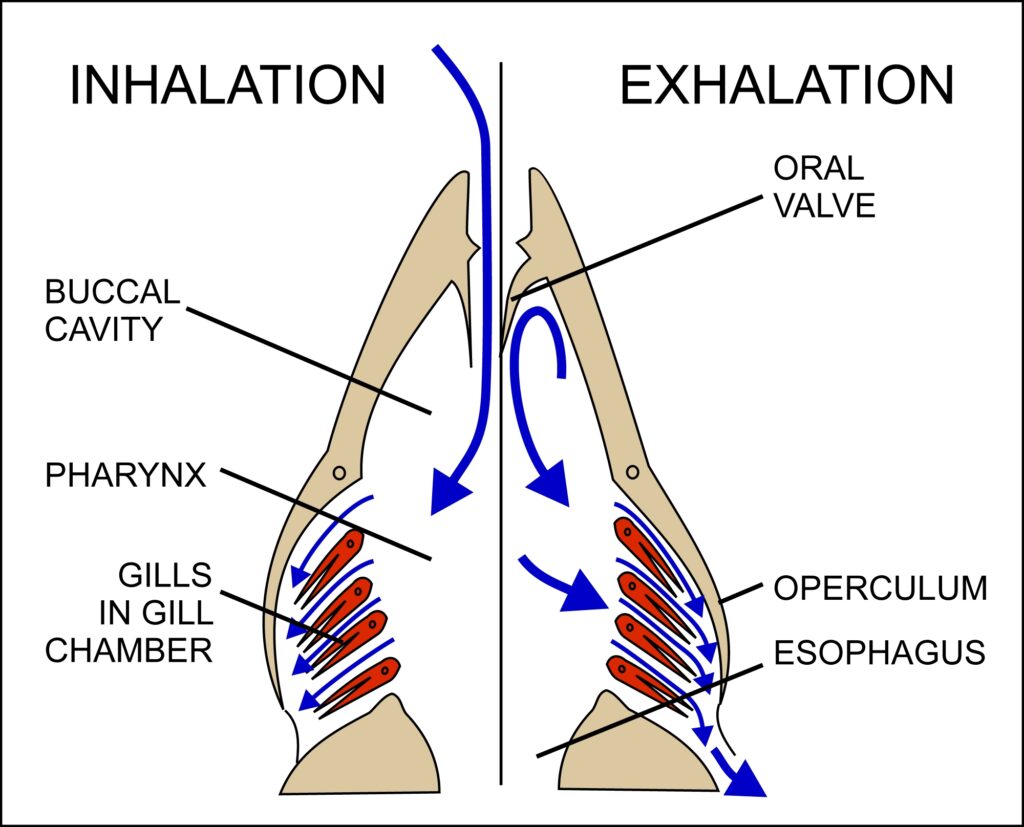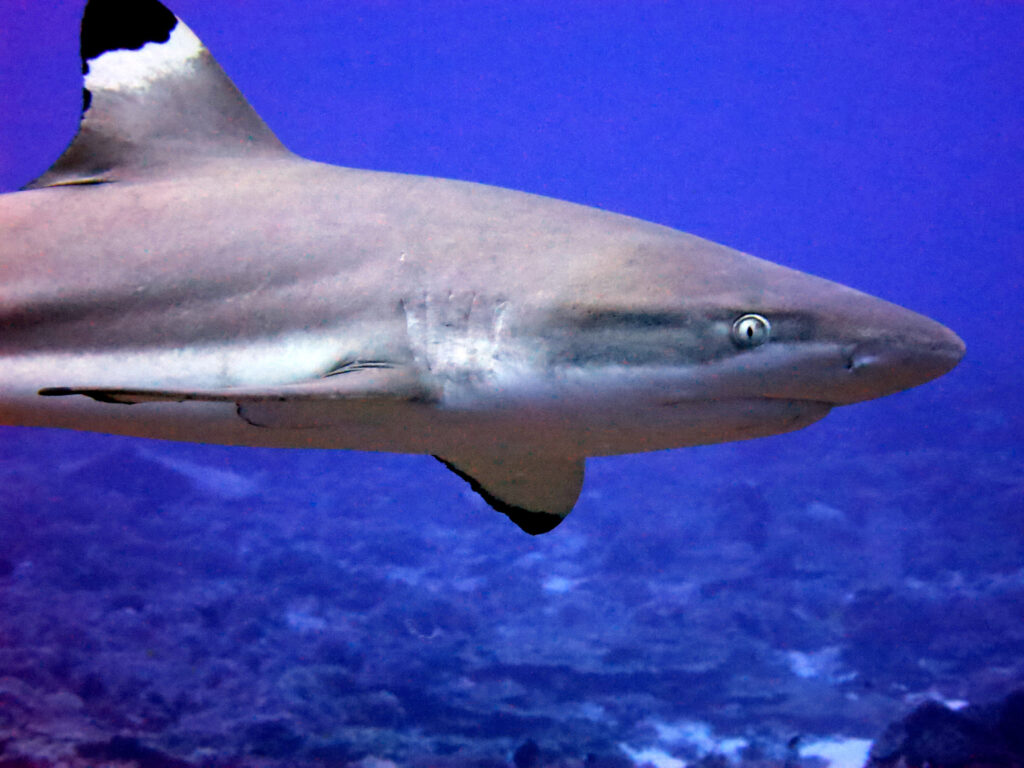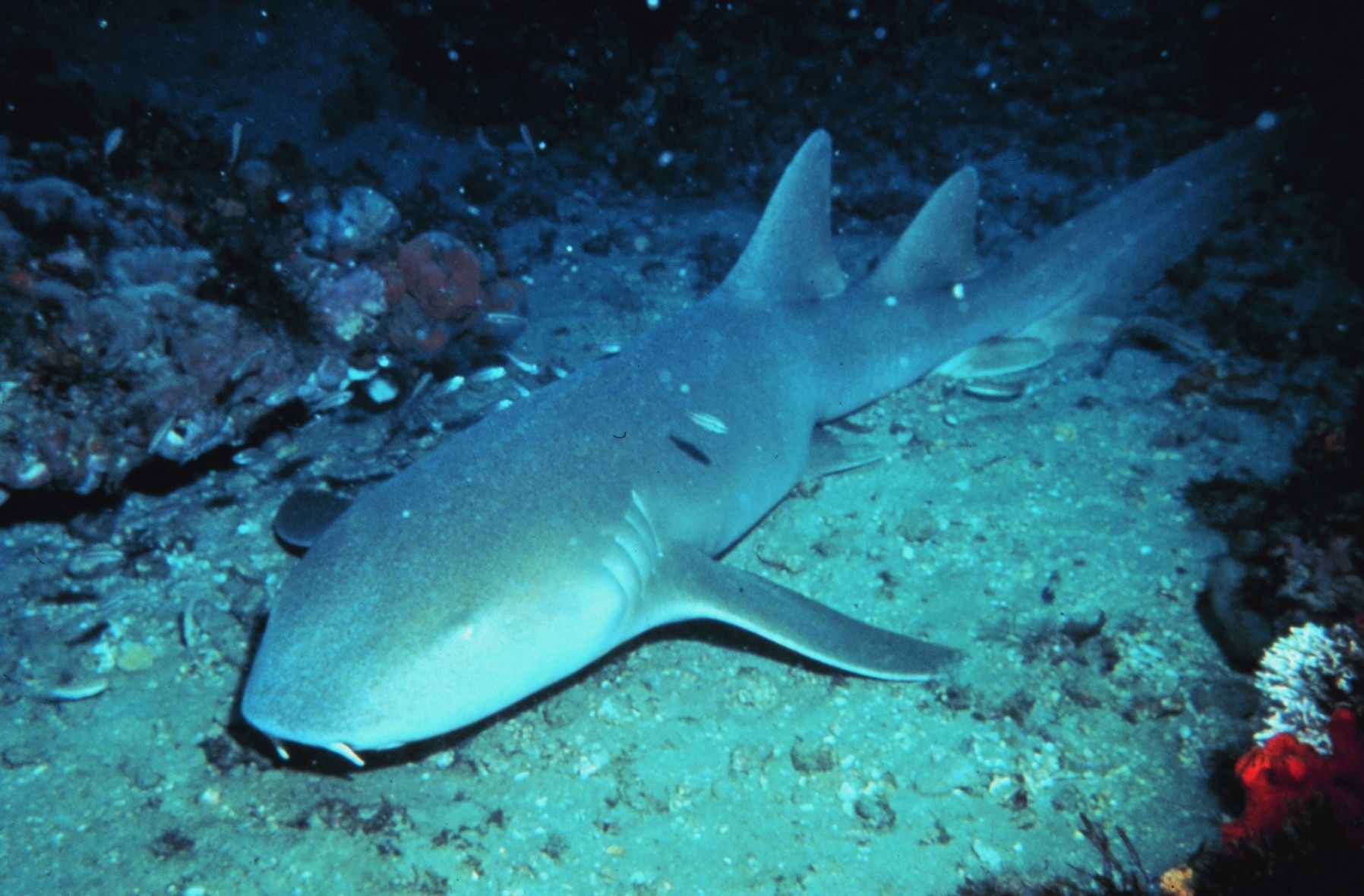If sharks stop swimming, they die–or so the myth goes. The idea that all sharks must constantly swim to survive is one of the most persistent misconceptions about these complex creatures. Aquarium visitors regularly confront this myth head-on when they spot nurse sharks lying motionless on the bottom–perfectly alive. The reality is more nuanced than the myth implies. In this case, many shark species have evolved unique adaptations allowing them to ‘rest’ on the seafloor.
Though it is a generalization, the myth holds true for some sharks–they do need constant movement to survive. These species rely on ram ventilation for respiration, a method requiring forward motion to pass water over their gills to extract oxygen. For instance, Great White Sharks (Carcharodon carcharias) are considered obligate ram ventilators, meaning they must constantly swim open-mouthed to breathe or risk suffocation. However, most sharks do not rely solely on ram ventilation, but use another method to breathe while stationary or swimming slowly called buccal pumping. In fact, the vast majority of sharks utilize this technique. Some benthic species even rely almost exclusively on buccal pumping, while others can flexibly switch between both methods, depending on their activity levels.

In order to survive, sharks must have water passing over their gills, and buccal pumping offers a way to respire while stationary. Buccal pumping involves using specialized cheek muscles to ‘inhale’ water into the mouth and over the gills, allowing sharks to ‘rest’ on the seafloor. Some buccal pumping species have also evolved small openings behind the eyes, called spiracles, to help pump clean water, free of sand and debris, through their gills when their mouths are closed. Nurse sharks (Ginglymostoma cirratum), for example, are a benthic species that largely remain stationary during the day and utilize buccal pumping almost exclusively as it conserves energy for hunting at night. Nurse sharks also have spiracles, allowing them to still ‘breathe’ if their mouth is buried in sand or blocked while resting.

Some shark species, however, do not rely on just one breathing method–those classified as facultative ventilators can freely switch between ram ventilation and buccal pumping, depending on energy needs. One such species, the Blacktip Reef shark (Carcharhinus melanopterus), uses ram ventilation when cruising or hunting, and buccal pumping when they slow down or stop altogether. This flexibility allows them to keep oxygenated water continually flowing through their gills regardless of their speed or activity levels, freeing them from both constant swimming and living a bottom-dwelling lifestyle.
